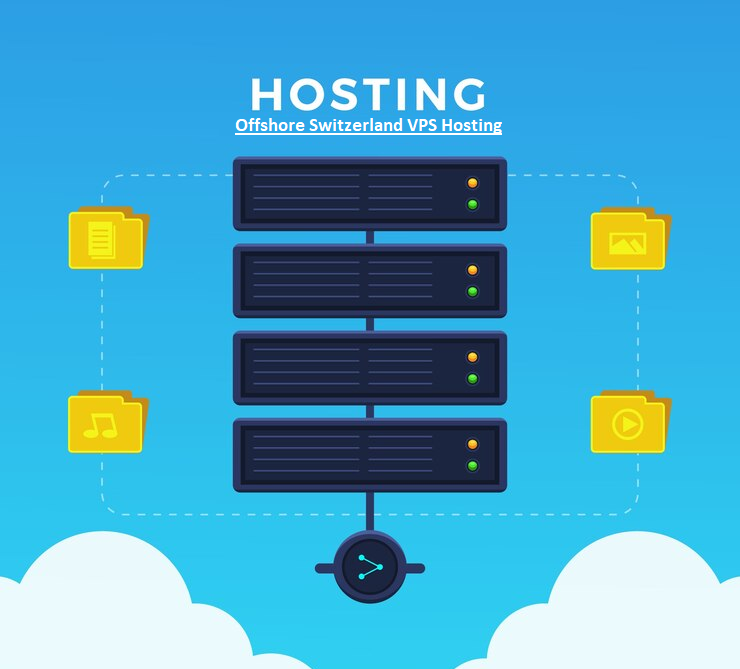Exploring the World of Virtualization: Unveiling Types and Benefits

- August 26, 2023
- 0 Comments
In today’s rapidly evolving technological landscape, the concept of virtualization has emerged as a cornerstone of innovation. Virtualization software has revolutionized the way businesses and individuals utilize computing resources, offering unprecedented flexibility, scalability, and cost savings. In this blog post, we will delve into the realm of virtualization, exploring its various types and shedding light on the concept of offshore virtual servers.
Understanding Virtualization Software: A Brief Overview
At its core, virtualization involves creating a virtual version of a physical resource, such as a server, storage device, or network, using specialized software. This virtual representation enables efficient utilization of resources, leading to increased efficiency, reduced costs, and enhanced agility.
Types of Virtualizations: A Multifaceted Approach
Virtualization comes in various flavors, each catering to distinct aspects of IT infrastructure. Let’s explore some of the prominent types:
- Server Virtualization: This type involves the partitioning of a physical server into multiple virtual machines (VMs). Each VM operates independently, running its own operating system and applications. Server virtualization optimizes hardware usage and enhances resource allocation, enabling multiple workloads to coexist on a single physical server.
- Storage Virtualization: Storage virtualization abstracts physical storage resources, creating a unified pool of storage that can be easily allocated, managed, and scaled. This type improves storage utilization, simplifies management, and enhances data protection and disaster recovery.
- Network Virtualization: Network virtualization decouples network resources from their physical infrastructure, allowing multiple virtual networks to run on a single physical network. This offers greater flexibility in configuring and managing network services, facilitating efficient use of network resources.
- Desktop Virtualization: Also known as Virtual Desktop Infrastructure (VDI), desktop virtualization enables the creation and management of virtual desktops on a central server. Users can access these virtual desktops from various devices, enhancing mobility and simplifying software deployment and updates.
Offshore Virtual Servers: Expanding Horizons
The advent of cloud computing has paved the way for offshore virtual servers, a concept that holds immense promise for businesses seeking to diversify their IT infrastructure. Offshore virtual servers are virtual machines hosted in data centers located in different countries or regions. This approach offers several benefits:
- Geographic Redundancy: Offshore servers can provide geographic redundancy, ensuring business continuity even in the face of natural disasters or local outages.
- Data Sovereignty: Offshore hosting can help businesses comply with data privacy regulations specific to certain regions, by keeping data within the jurisdiction’s boundaries.
- Cost Savings: In some cases, offshore hosting can provide cost advantages due to differences in infrastructure and operational expenses.
- Performance Optimization: Businesses can strategically deploy offshore servers to cater to specific user demographics, reducing latency and enhancing user experience.
In Conclusion
Virtualization software has transformed the IT landscape by offering versatile solutions to optimize resources and enhance operational efficiency. As we’ve explored in this blog, the various types of virtualization cater to distinct aspects of computing infrastructure. Moreover, the emergence of offshore virtual servers has opened up new avenues for businesses to diversify their IT strategies while reaping benefits like redundancy, data sovereignty, and cost savings.
Embracing virtualization is no longer just a trend but a necessity in a world where adaptability and efficiency drive success. By staying informed about the evolving landscape of virtualization, businesses and individuals can harness its power to navigate the digital realm with confidence and innovation.




